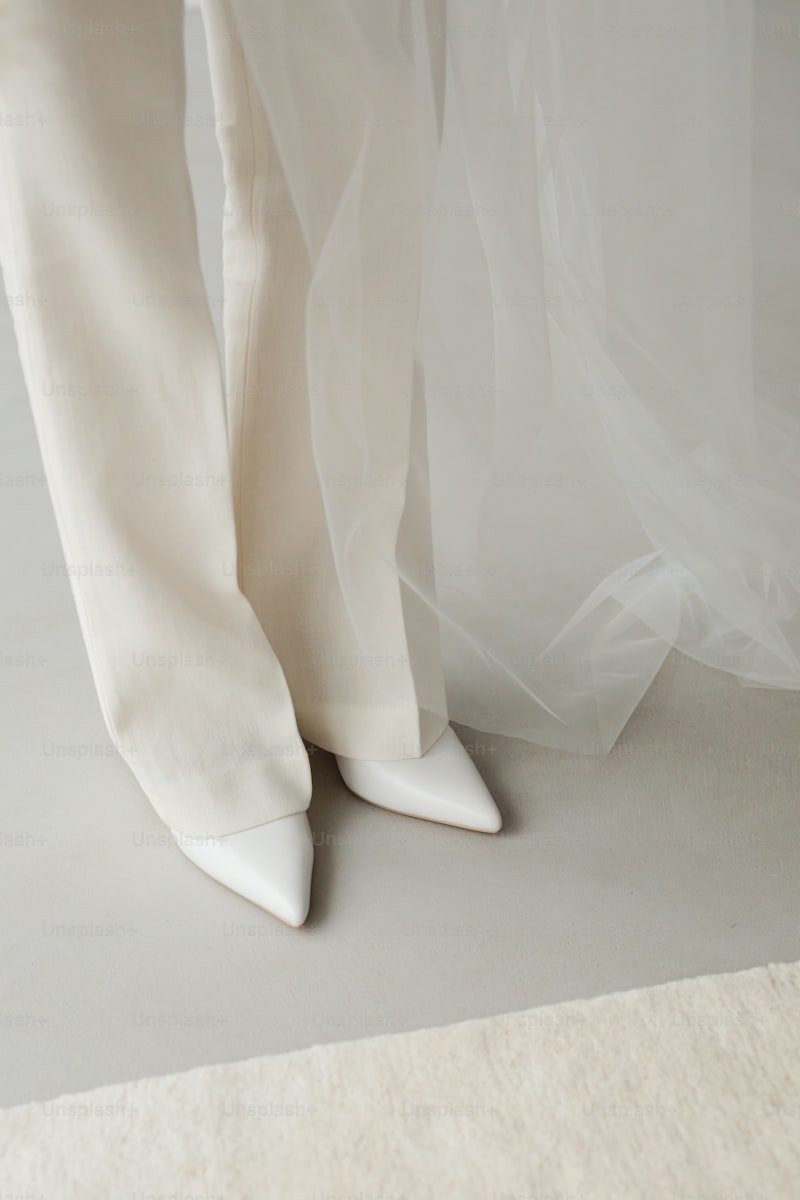The Role of Fabric in Creating a Timeless Wedding Dress
Understanding the Importance of Fabric in Wedding Dress Design
When it comes to designing a wedding dress, fabric selection plays a pivotal role that cannot be overlooked. The choice of fabric not only affects the overall look and feel of the gown but also contributes significantly to its longevity and timelessness. In this article, we will delve into the various types of fabrics commonly used in Wedding dresses and how they influence style, comfort, and elegance.
The Significance of Fabric in Wedding dresses
The fabric is arguably the most critical element in creating a wedding dress. It defines the dress's silhouette, texture, and the way it falls on the body. With many different fabrics available, each with its unique qualities, understanding the various options can help brides make informed decisions.
Popular Fabrics for Wedding dresses
| Fabric Type | Description | Ideal For |
| Satin | A luxurious, smooth fabric with a glossy surface. | Classic and formal Wedding gowns. |
| Lace | An intricate fabric made from threads that create floral or geometric patterns. | Romantic and vintage styles. |
| Chiffon | A lightweight and sheer fabric that drapes beautifully. | Flowy and whimsical designs. |
| Taffeta | A crisp fabric with a slight sheen, known for holding its shape. | Structure and volume in ball gowns. |
| Organza | A thin, slightly stiff fabric that adds volume without weight. | Layered designs and embellishments. |
| Silk | A natural fiber that is soft, luxurious, and has a beautiful sheen. | Elegant and high-end Wedding dresses. |
How Fabric Dictates the Style and Comfort
Choosing the right fabric for a wedding dress involves balancing style and comfort. The fabric affects not just how the dress looks but also how it feels when worn. A bride will want to look stunning on her special day, but comfort is equally essential for enjoying the festivities. Here’s how fabric influences both style and comfort:
Style
Different fabrics can evoke various styles. For instance, lace is synonymous with a romantic aesthetic, while satin offers a classic elegance. The choice of material can enhance the dress design, whether it’s a modern sheath gown or a traditional ball gown. Here are some popular styles associated with specific fabrics:
- Romantic: Lace and chiffon often characterize romantic dresses, making them popular for garden or beach weddings.
- Elegant: Silk and satin are the go-to choices for brides looking for a sophisticated and polished appearance.
- Whimsical: Light fabrics like chiffon and organza are perfect for flowing, airy silhouettes, ideal for bohemian-style weddings.
Comfort
Comfort should never be sacrificed for style, especially on a day as important as a wedding. Fabrics such as chiffon and organza are lightweight and breathable, making them excellent choices for warm climates. On the other hand, heavier fabrics like satin and taffeta may provide support and structure but can be less comfortable without proper styling. Additionally, considering the wedding season is crucial: lighter fabrics are typically preferred for summer weddings, while heavier materials are often used in winter.
Why Timelessness Matters in Wedding Dress Fabric
Timelessness is a crucial aspect when it comes to Wedding dresses. A timeless dress can evoke emotions and memories for years to come. The right fabric can contribute significantly to this attribute. When choosing fabric, brides should consider the following:
- Durability: Fabrics like silk and satin are not only luxurious but also durable, ensuring that the dress can be preserved for future generations.
- Sadness Over Trends: Trends come and go; choosing classic fabrics like lace or silk can keep a wedding dress looking relevant and stylish even decades later.
- Versatile Styles: Fabrics that offer versatility can be paired with various accessories, allowing for alterations in style without compromising integrity.
Preserving Your Wedding Dress
After the big day, many brides want to preserve their wedding dress. Fabrics such as silk, lace, and satin require special care to maintain their beauty. Here are some tips for preserving the fabric of a wedding dress:
- Professional Cleaning: Always opt for professional cleaning immediately after the wedding to remove stains and preserve the fabric.
- Proper Storage: Store the dress in a cool, dark place, preferably in a breathable garment bag to protect it from dust and moisture.
- Avoid Direct Sunlight: Exposure to sunlight can cause fabric colors to fade, so ensure the dress is stored away from direct light.

Conclusion: The Role of Fabric in Creating a Timeless Wedding Dress
In conclusion, the choice of fabric plays a crucial role in creating a timeless wedding dress. By considering the type of fabric, its style, comfort, and preservation qualities, brides can ensure that their wedding day attire is not only beautiful but also memorable. When selecting the ideal fabric for a wedding dress, brides should carefully assess their personal style, the wedding theme, and how they envision their dress contributing to their overall experience. Remember, a wedding dress is not just for the wedding day; it's a piece of memory that should last a lifetime, and the fabric choice is at the heart of that timelessness.